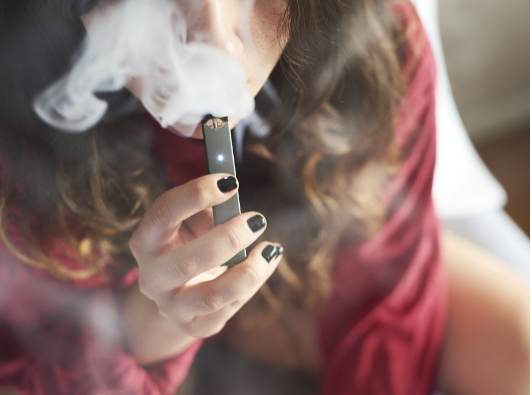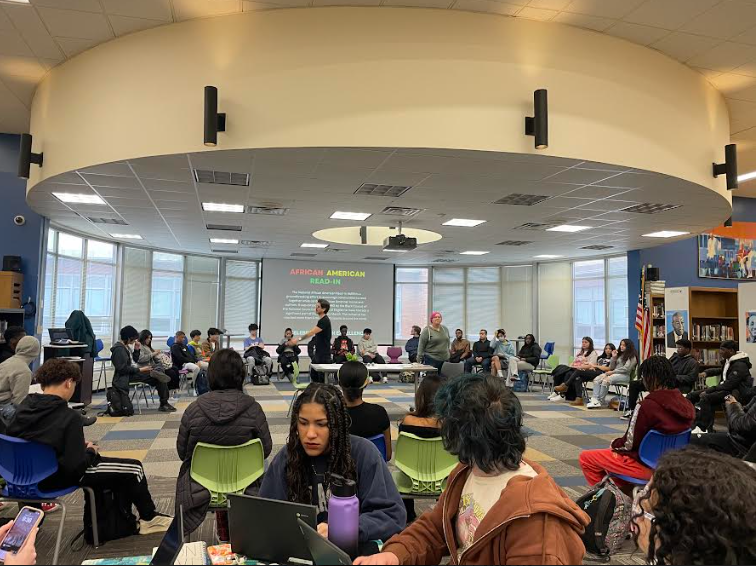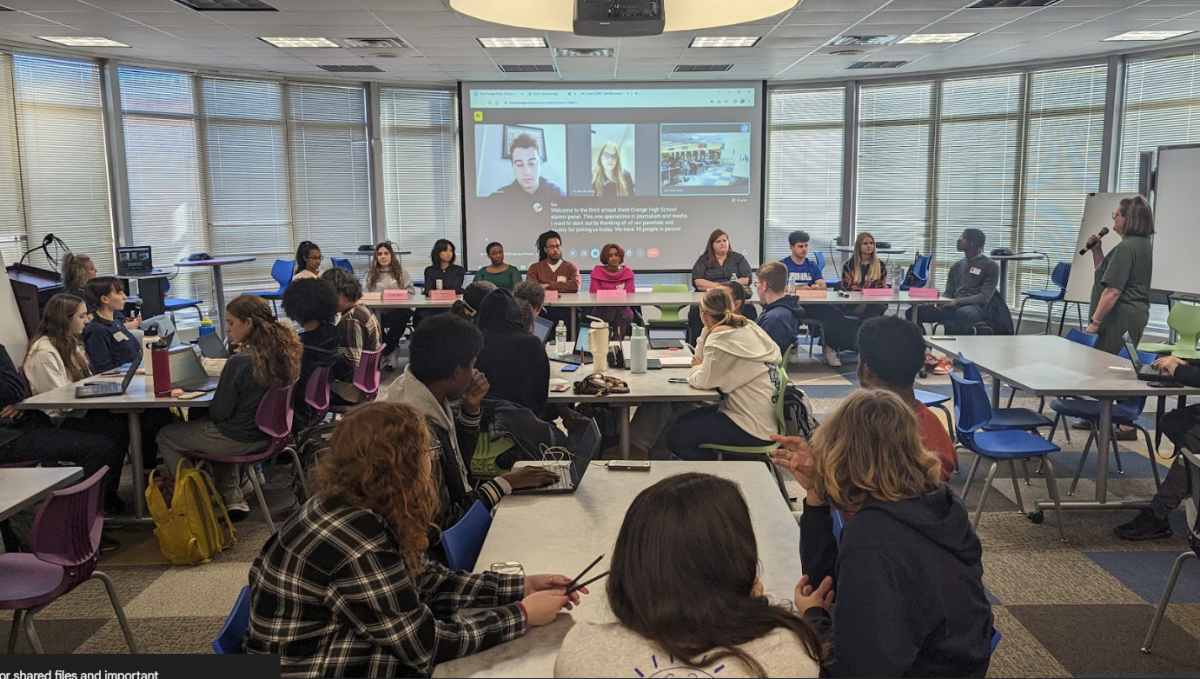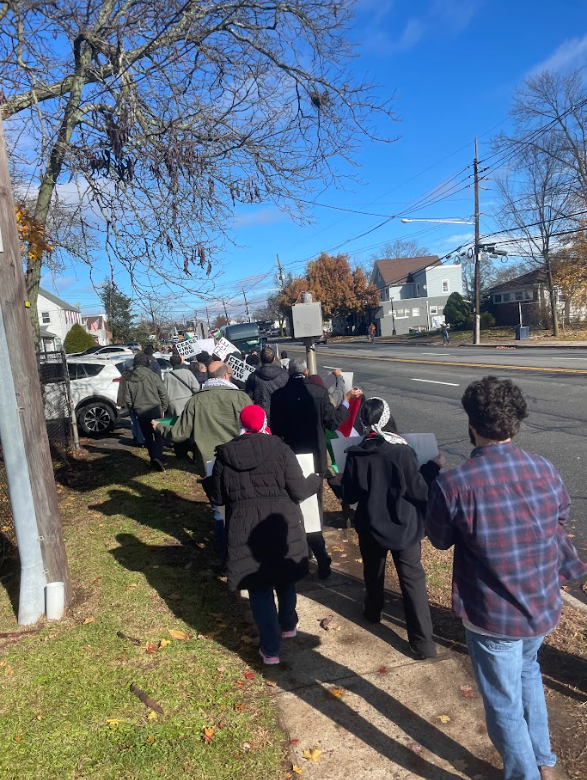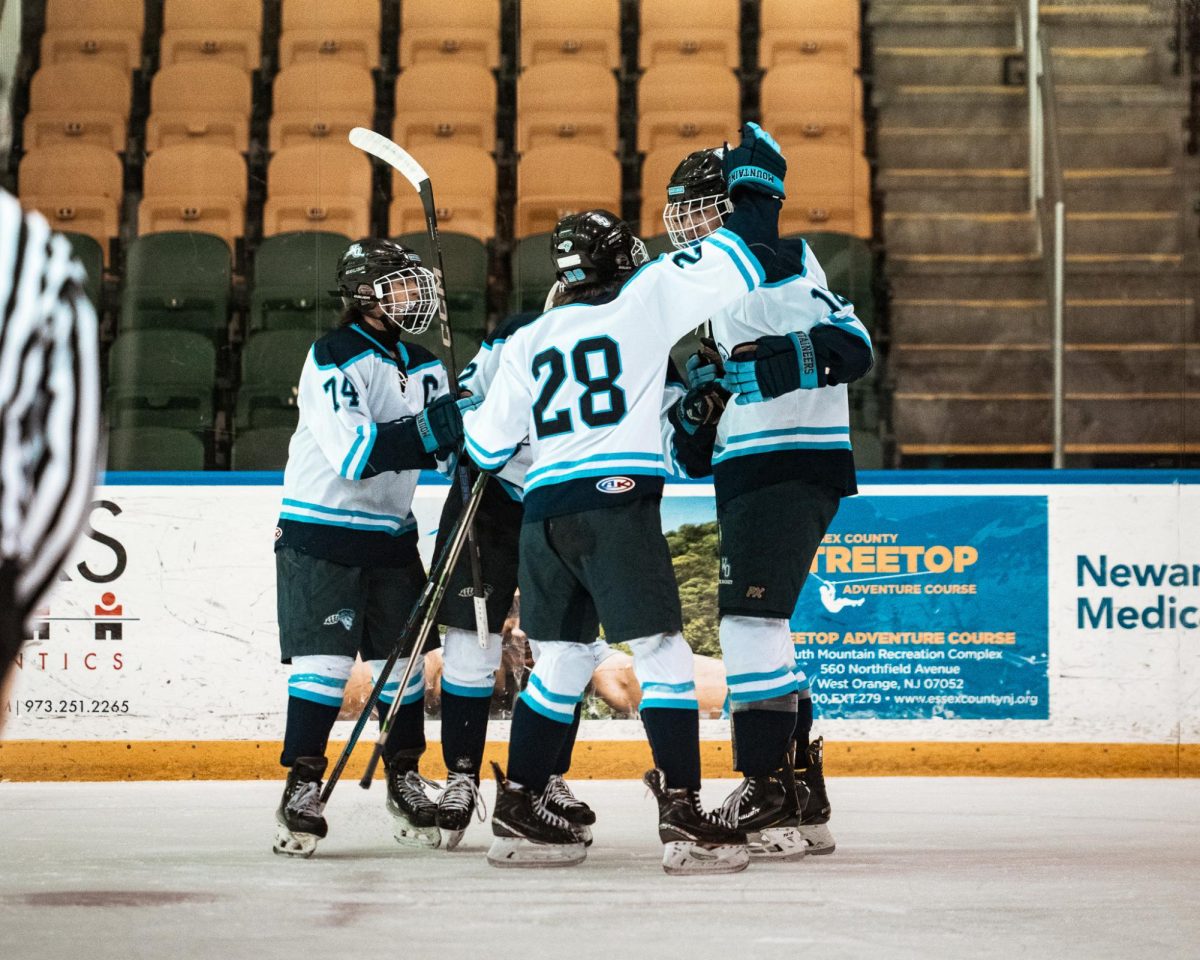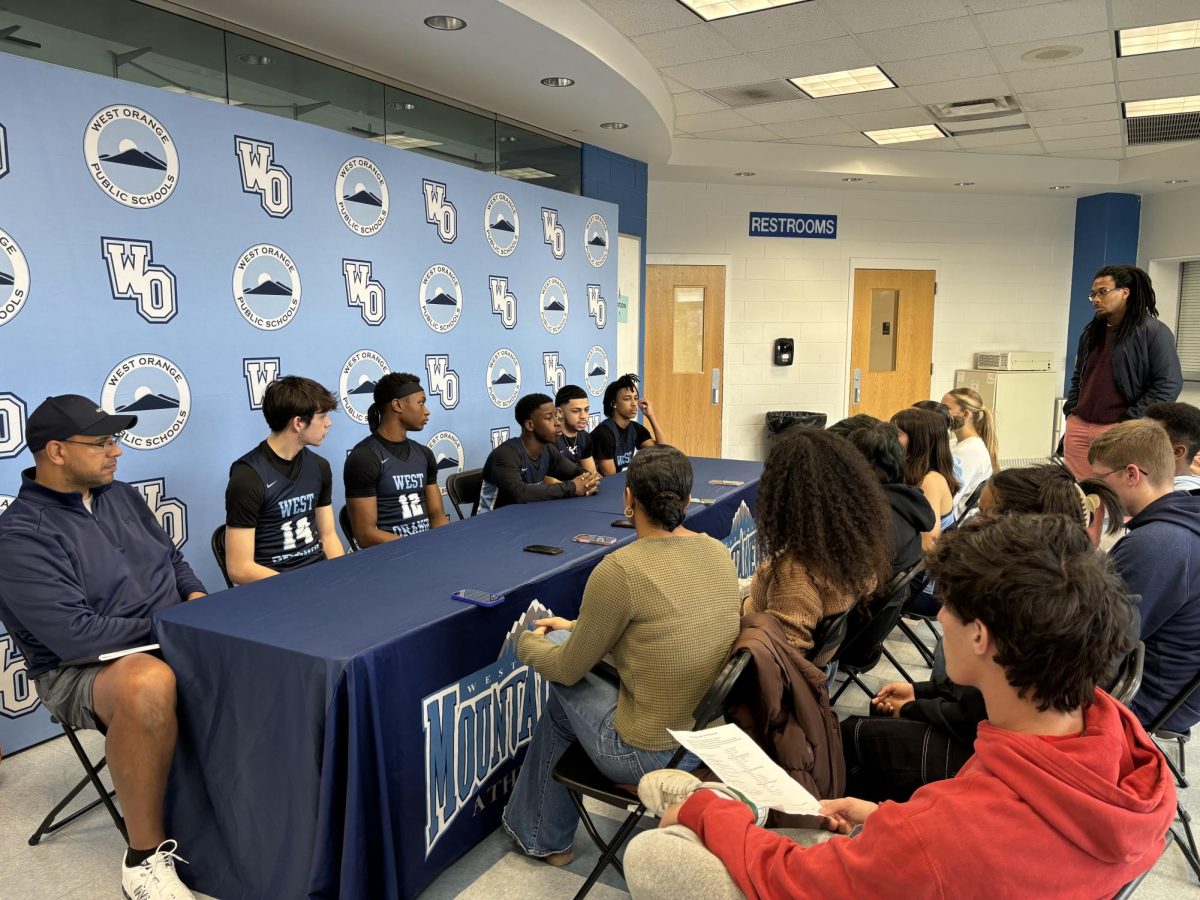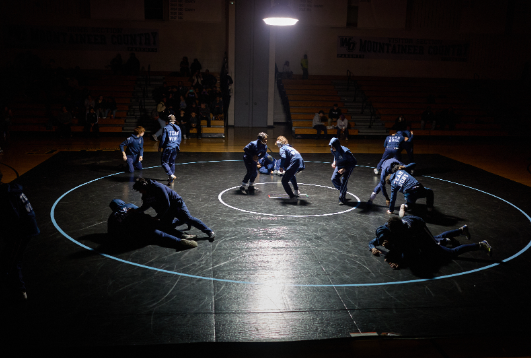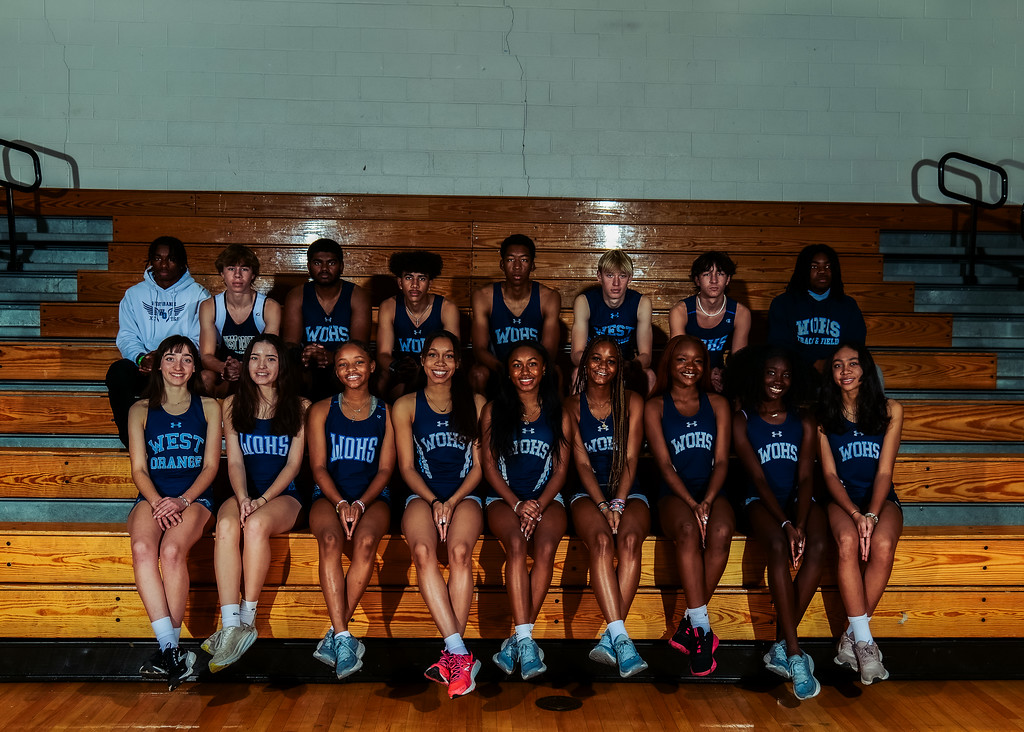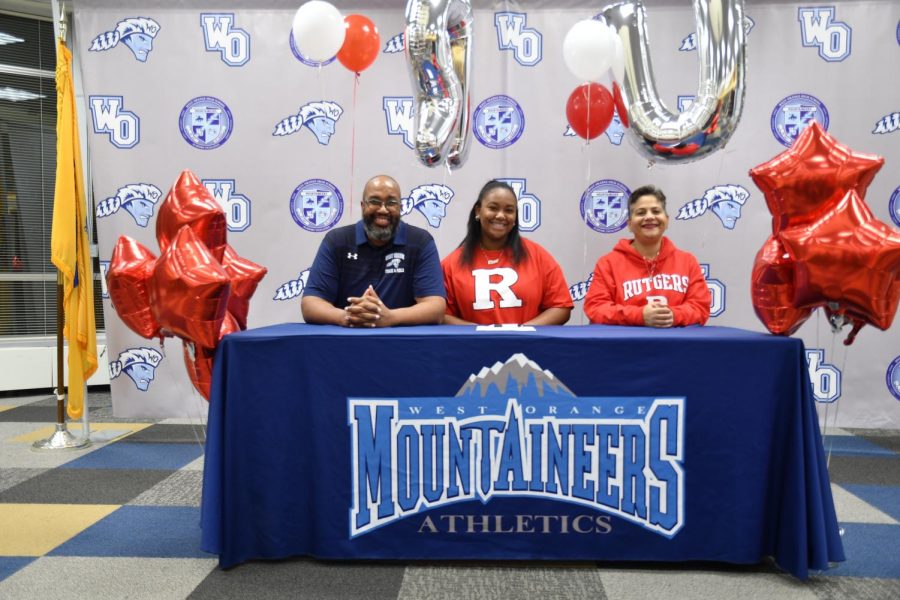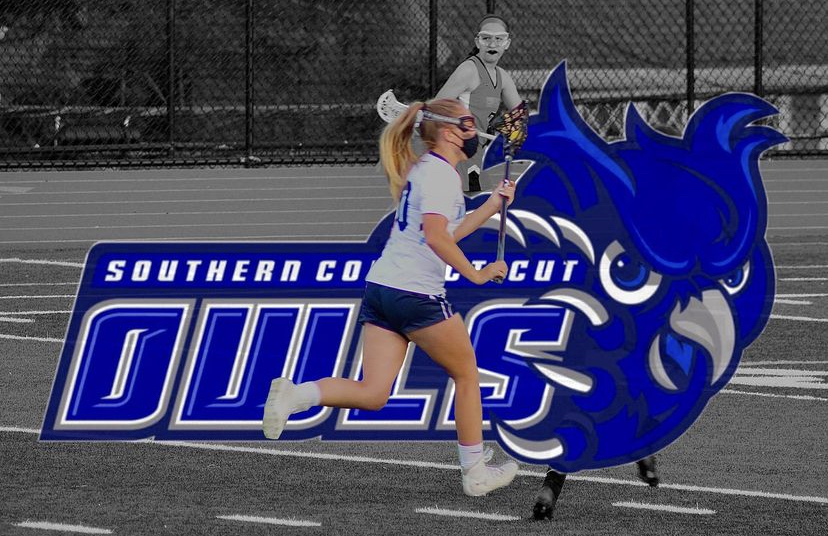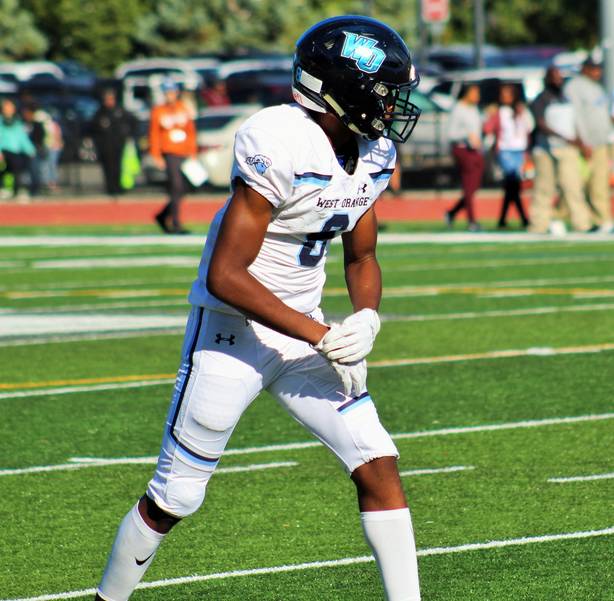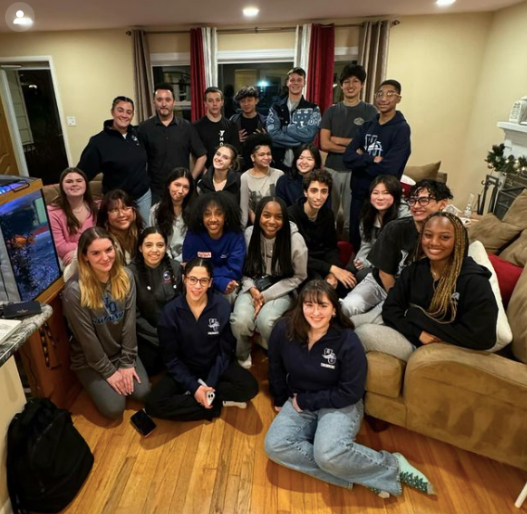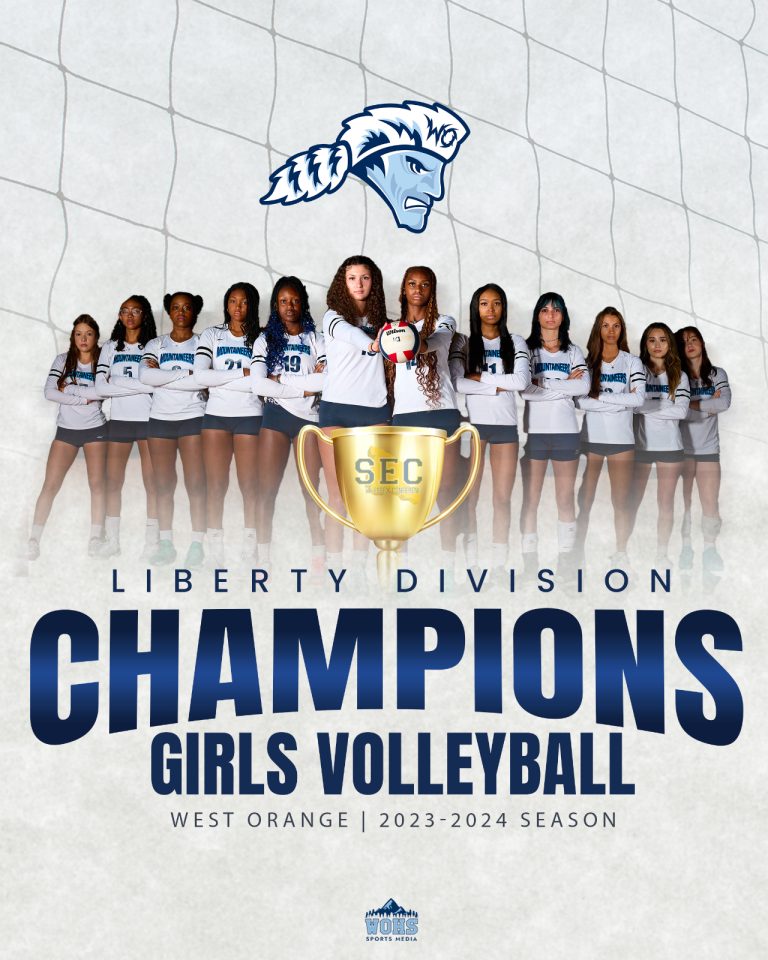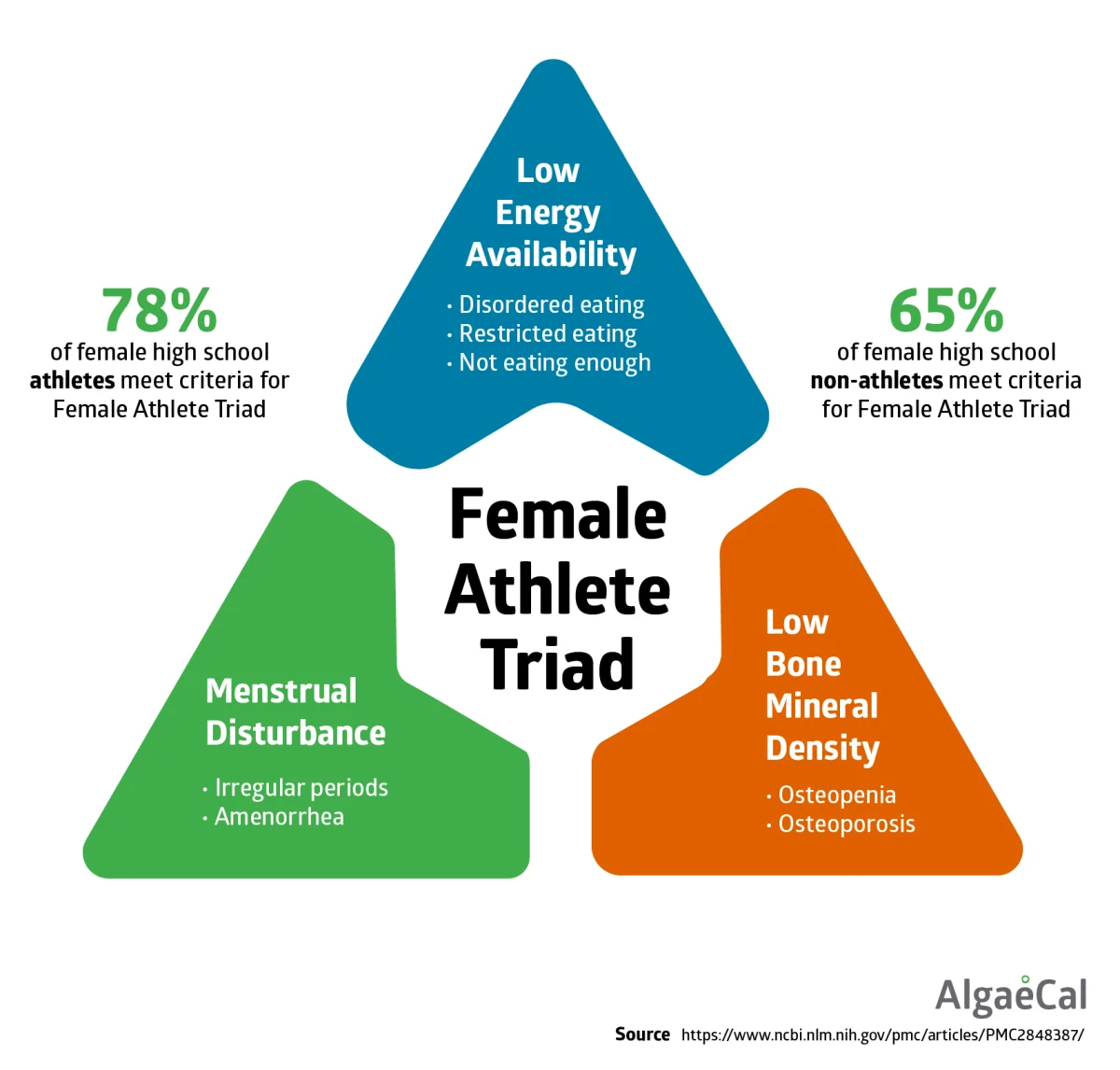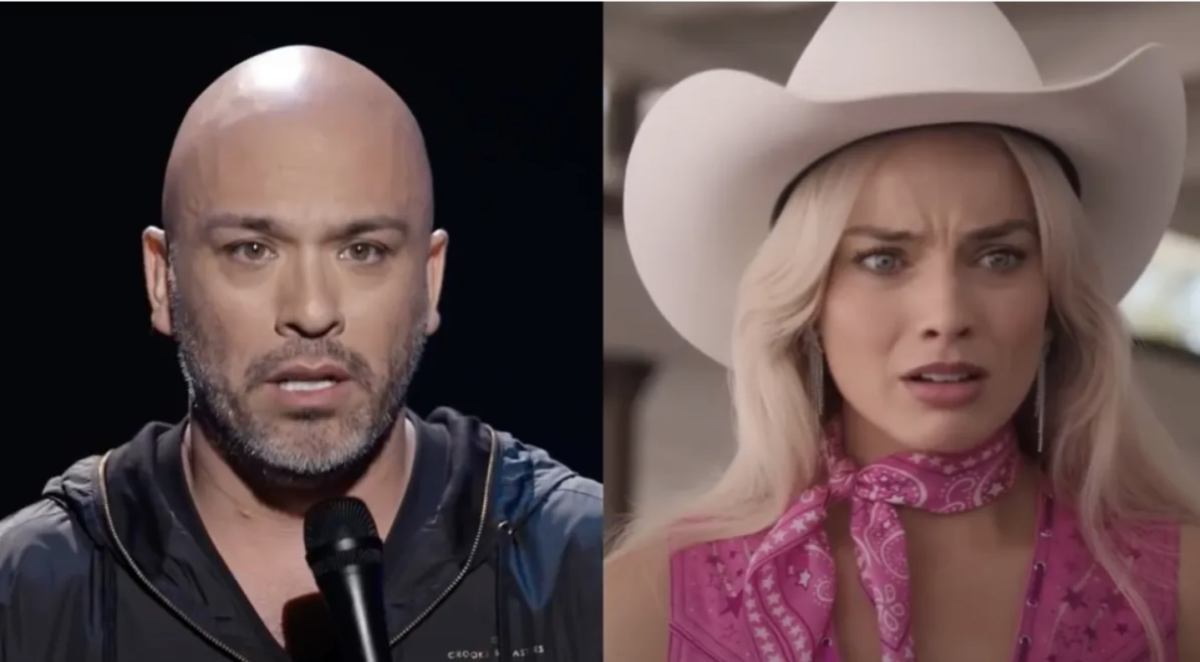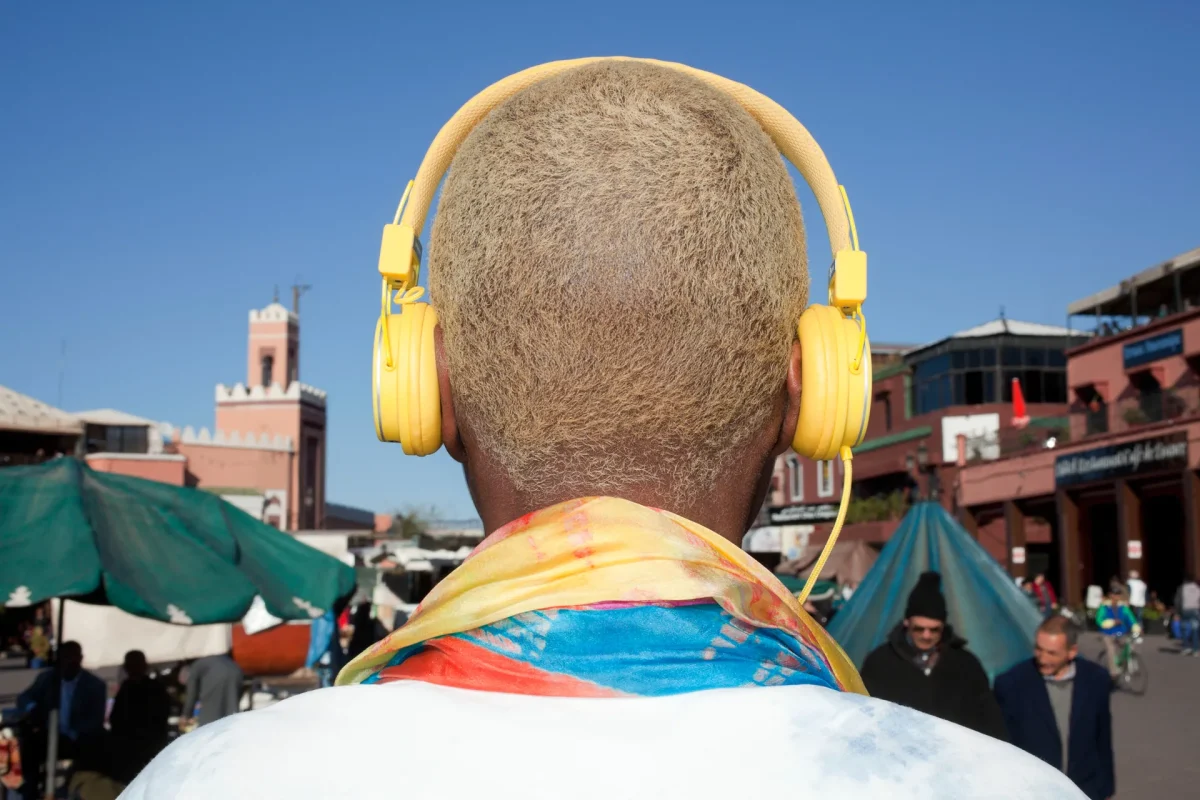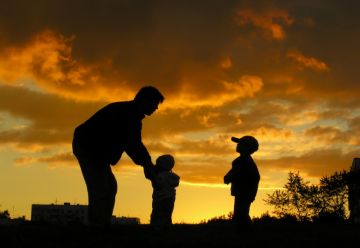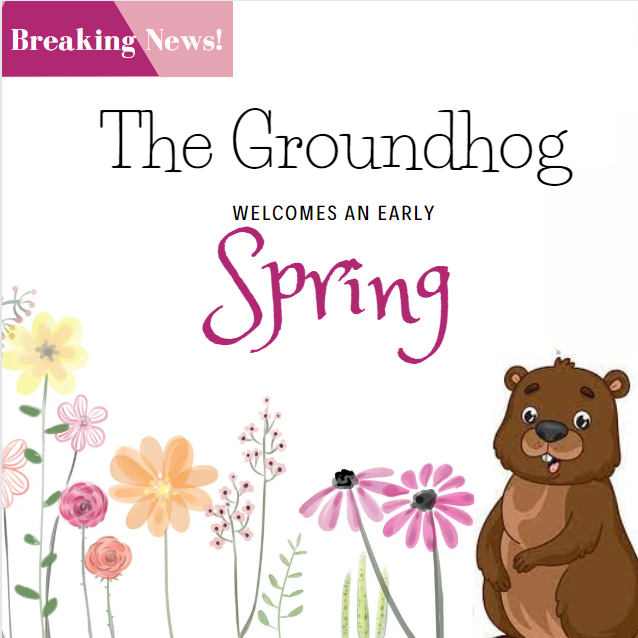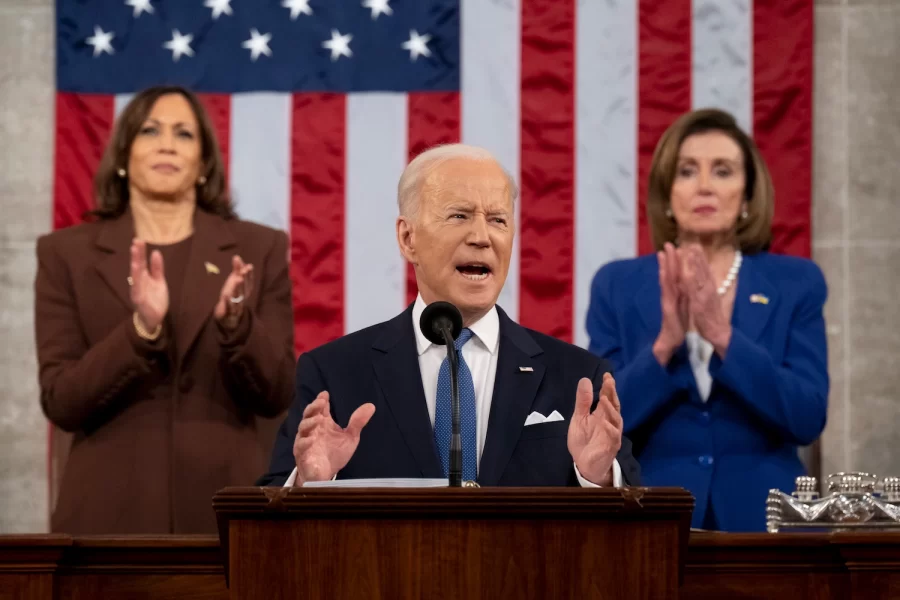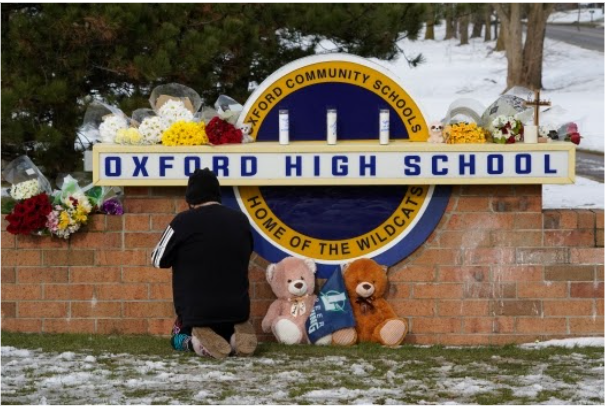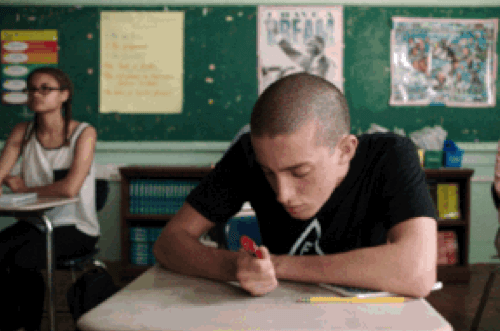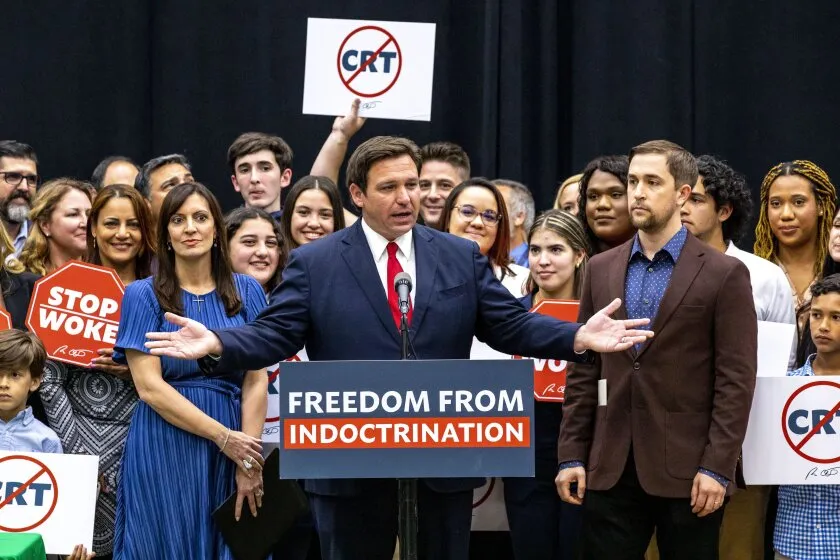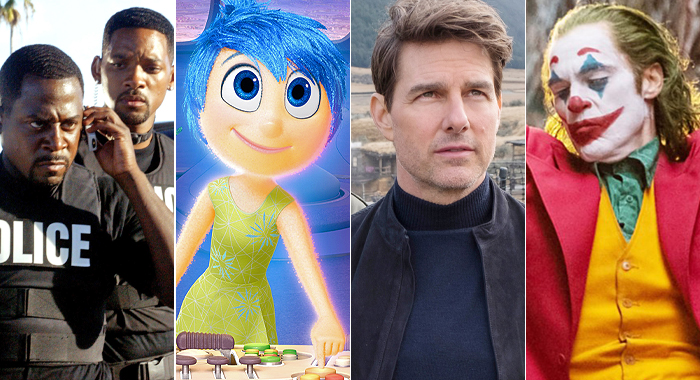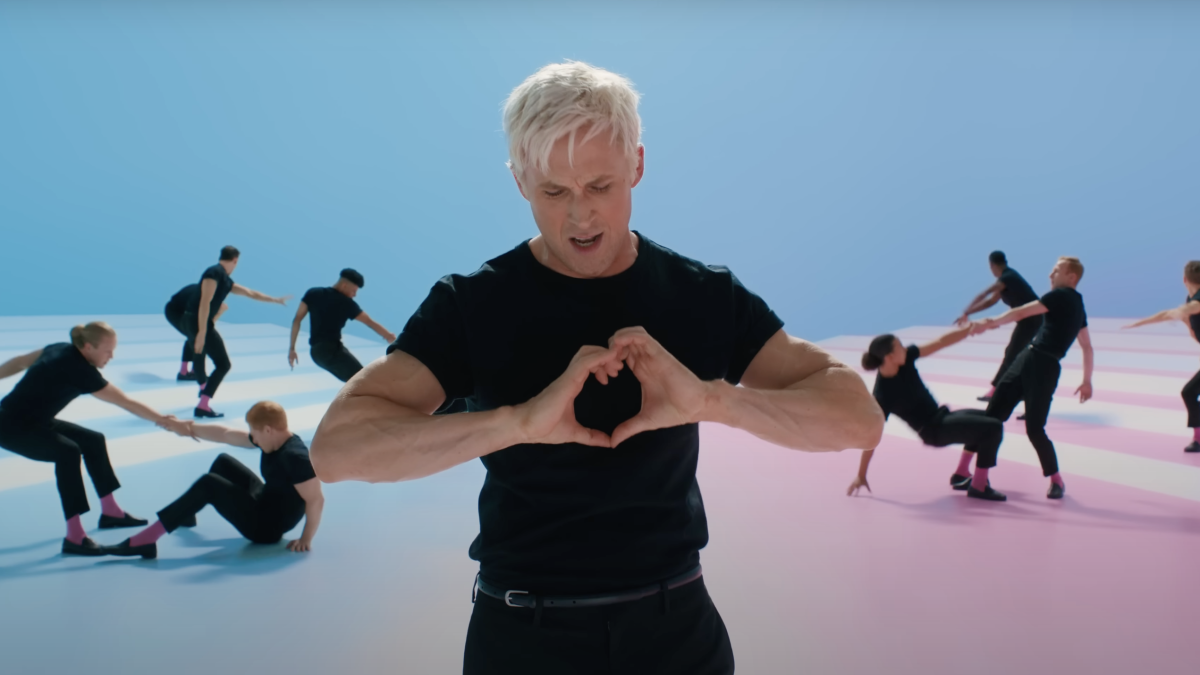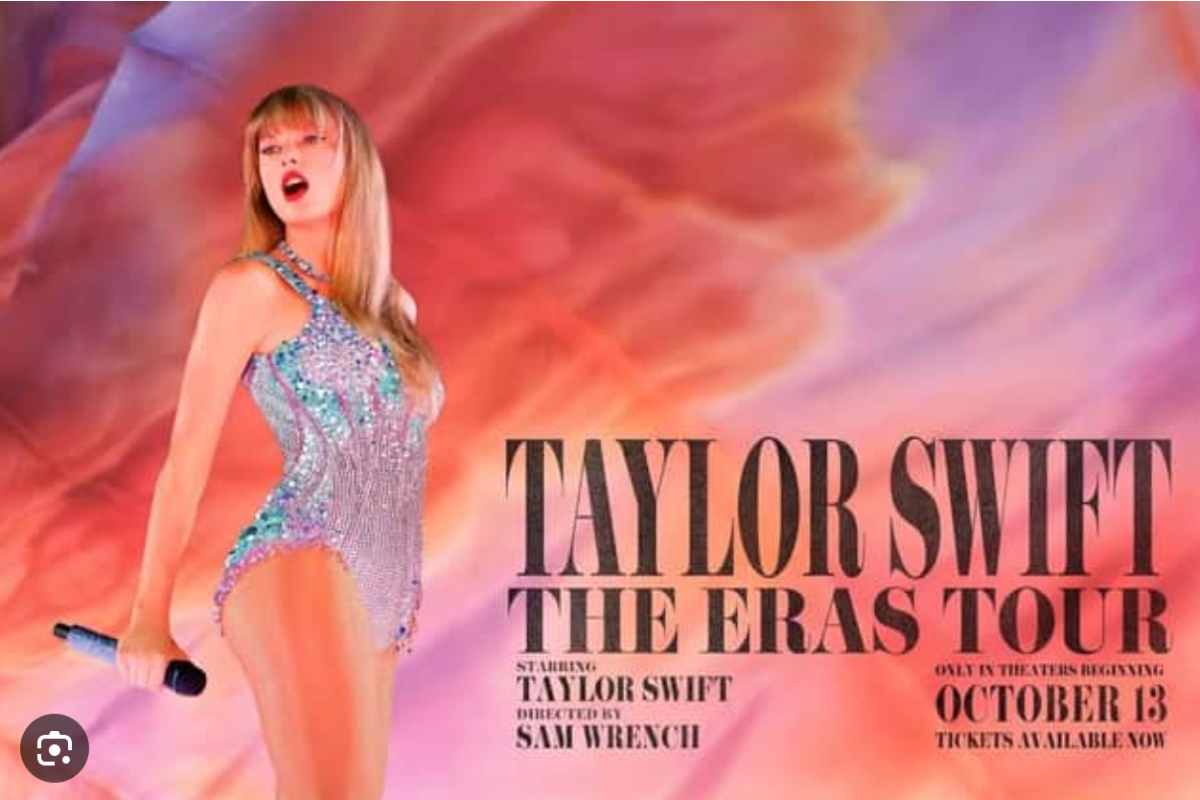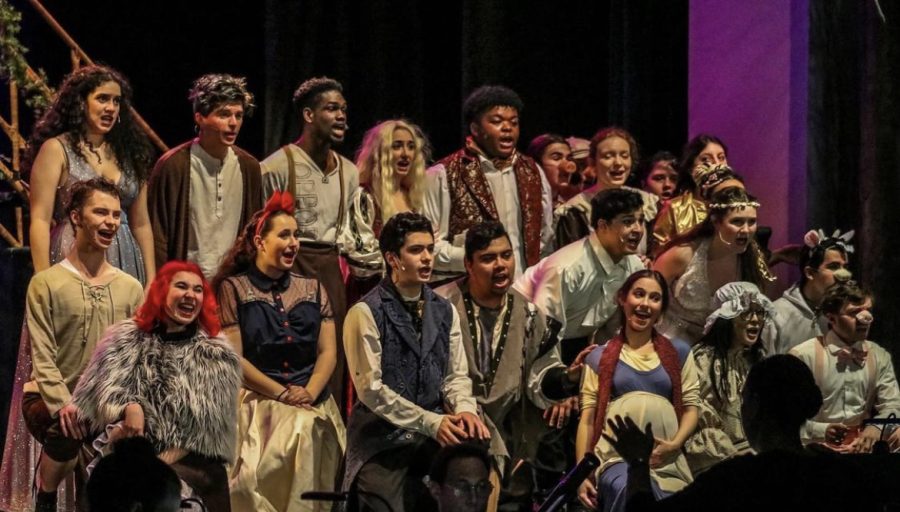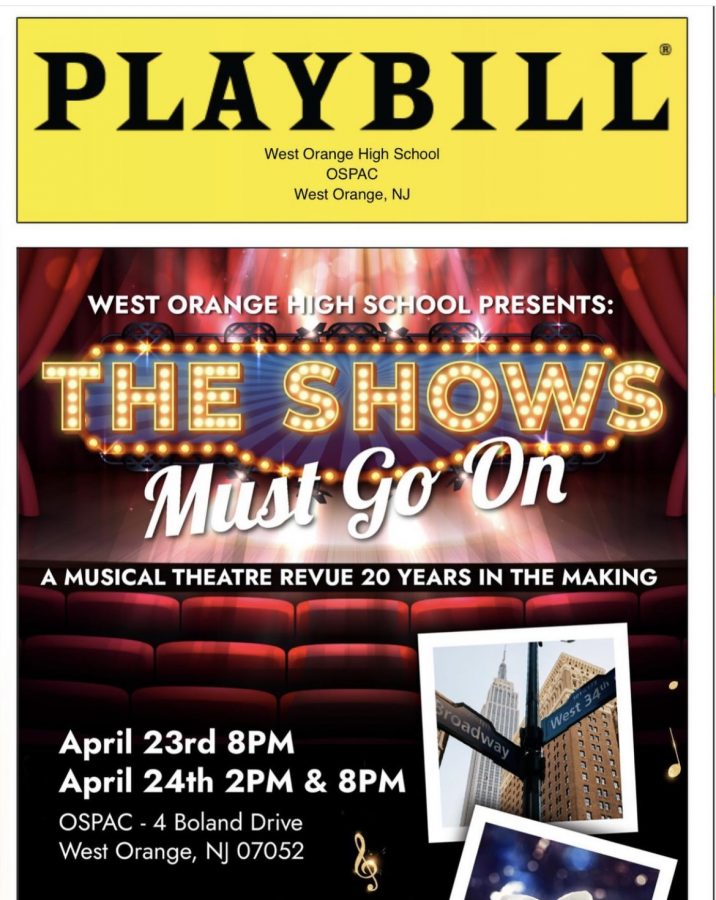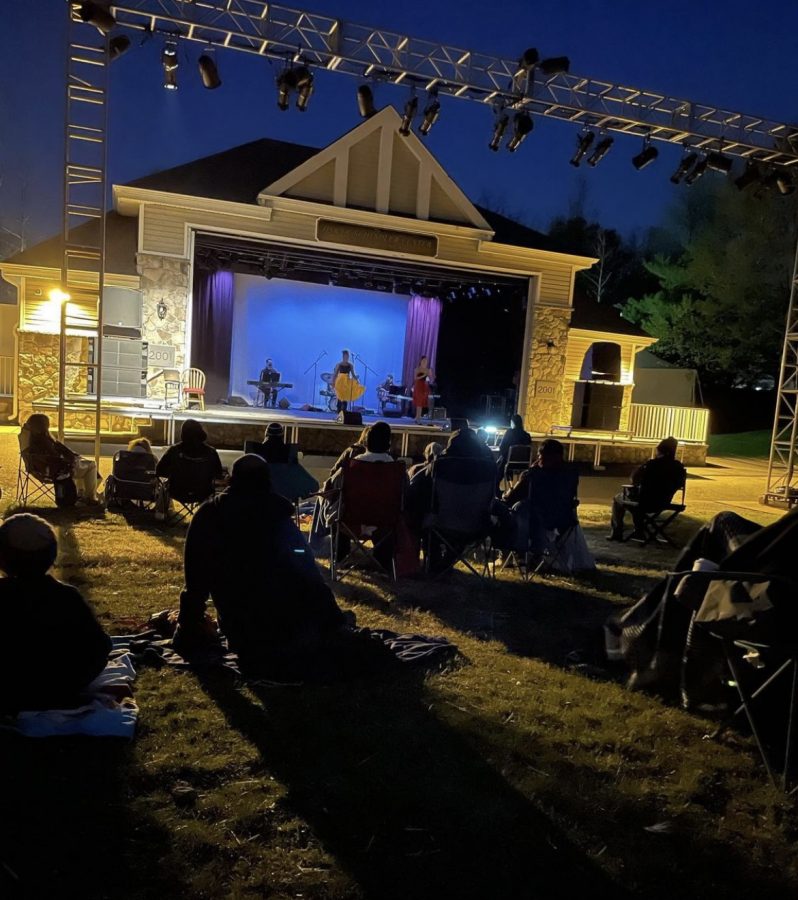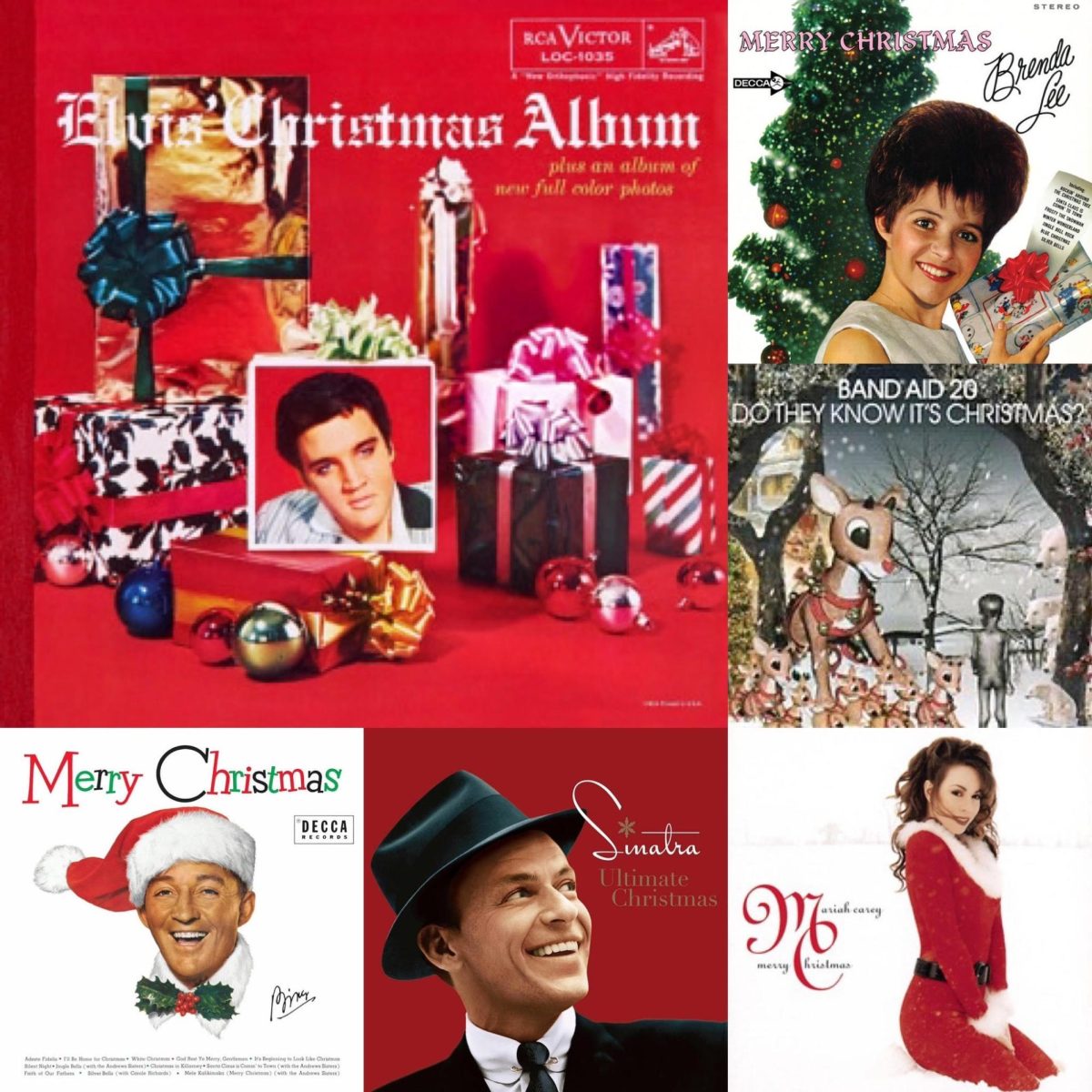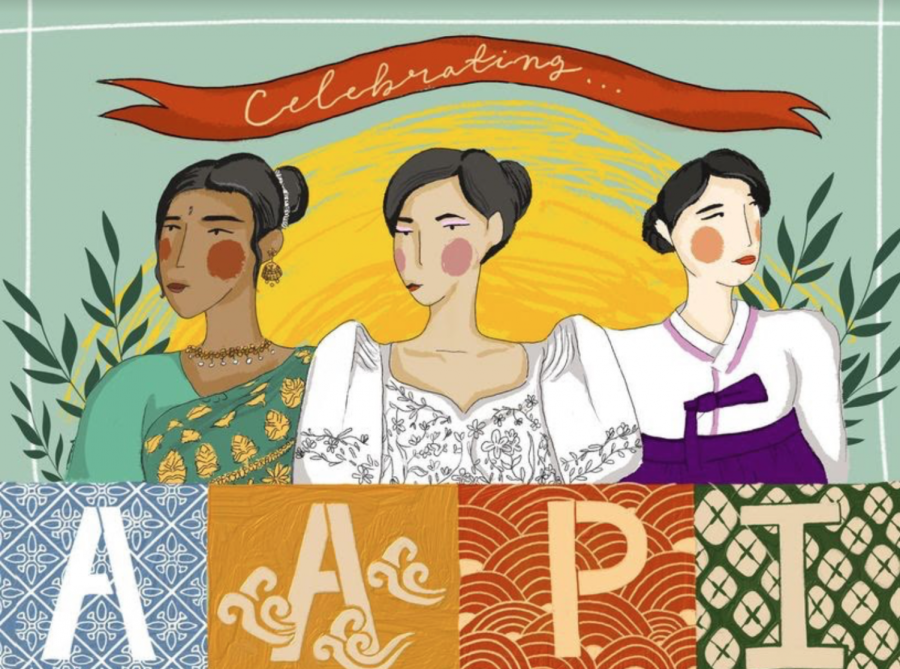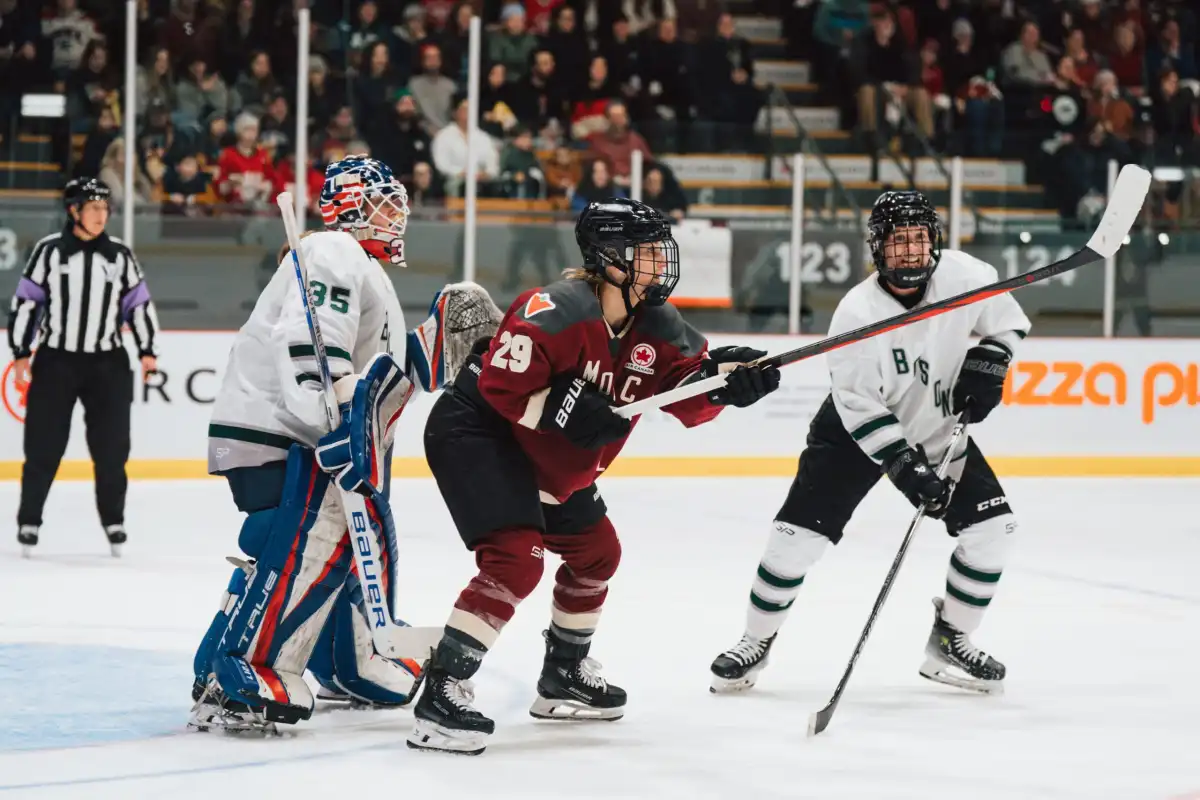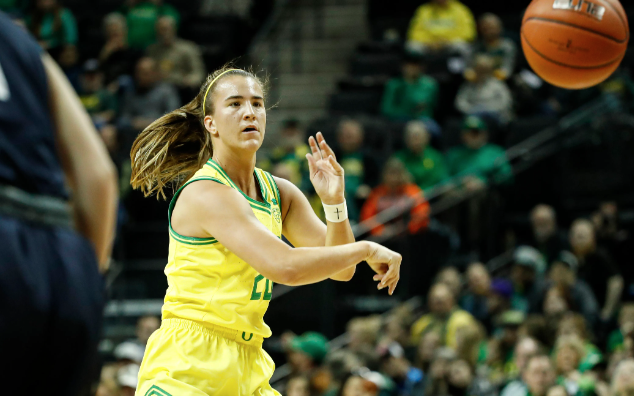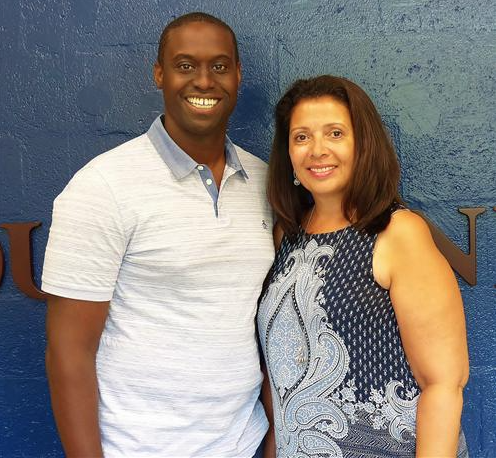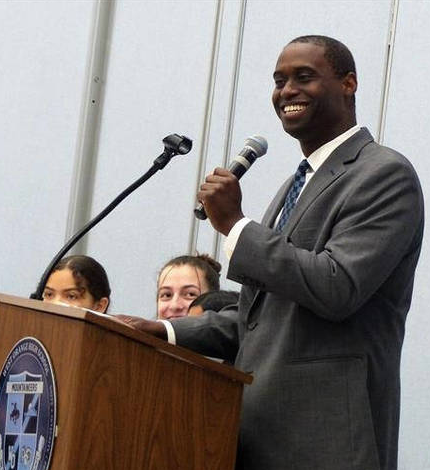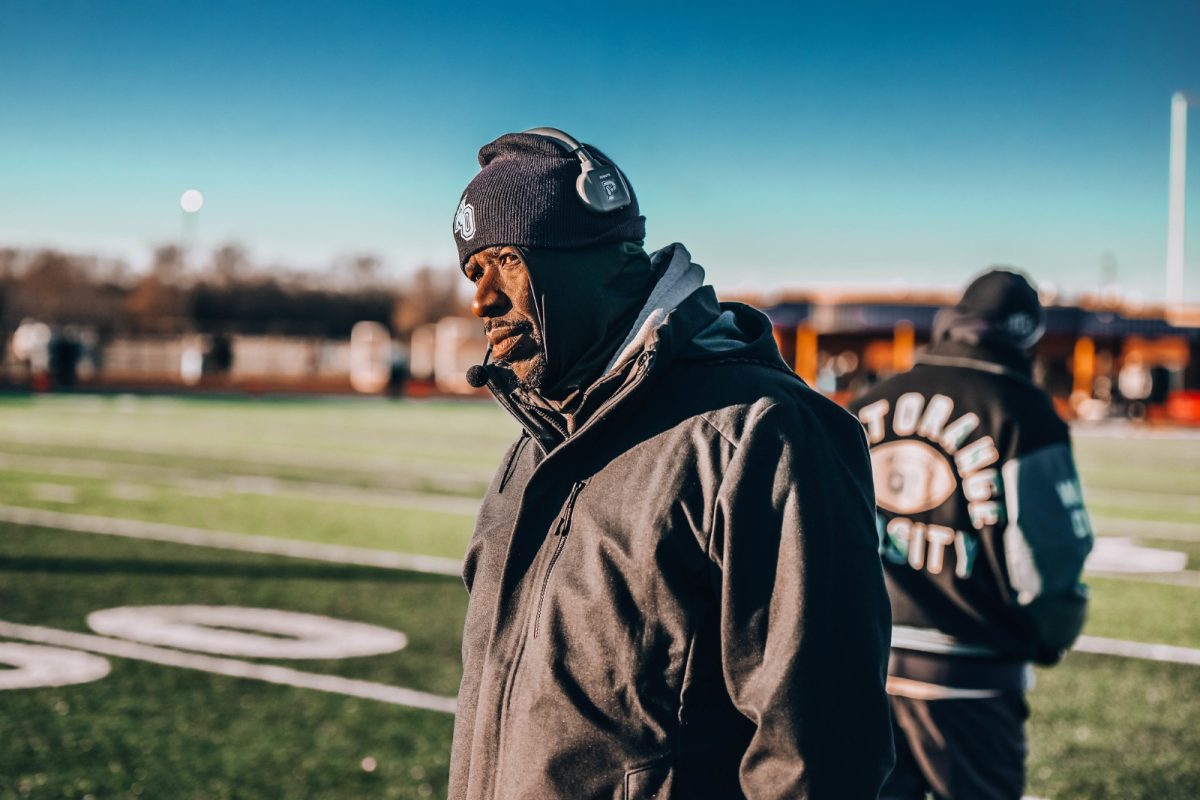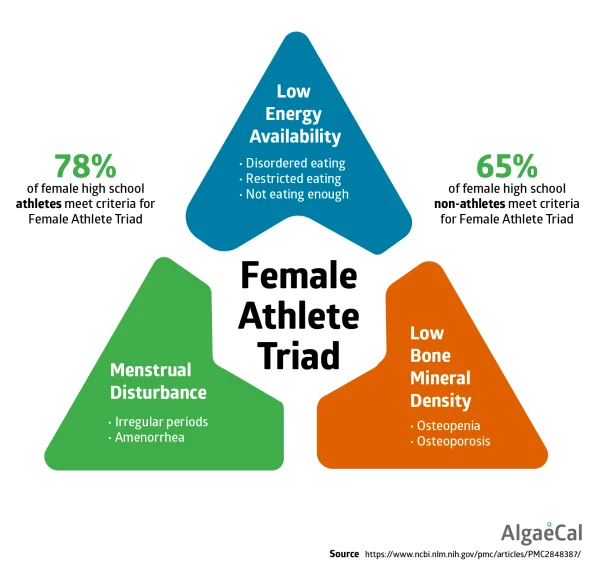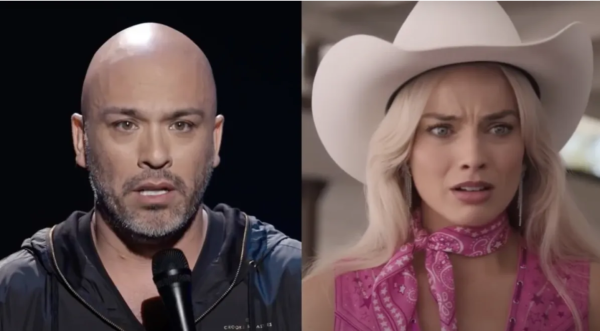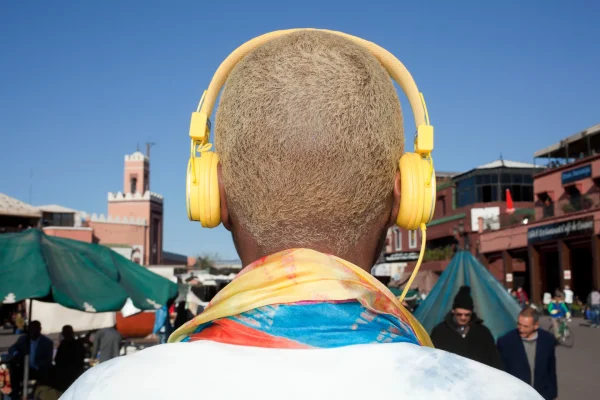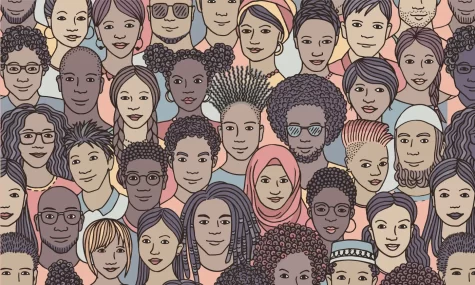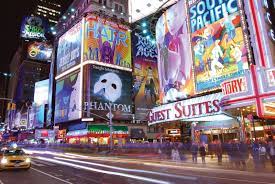High School Stereotypes: Formed and Broken
Everybody gets nervous on their first day of school. However, the first day of high school is usually the most nerve-wracking of them all. We’ve seen countless movies and TV shows that take place at a high school, and they usually do not portray it in a positive manner. We also hear high school students in real life talk about how much they hate the school and their teachers. 8th-grade teachers typically warn students that in high school, you’re just a number; none of the teachers are going to care about you, and the work assigned is infinitely more difficult than in middle school. That was definitely not what I wanted to hear.
However, almost every single frightening or intimidating aspect heard about high school was either over-exaggerated or not present. Almost every single teacher at West Orange High School (WOHS) has taken the time to help me with something I struggle with, had a likable personality, and motivated the students to become invested in whatever they were teaching. One of the key elements to being a good teacher is having the students appreciate and value you. Having a positive and/or relatable personality, enthusiasm, and of course, being nice to your students, while still maintaining your limits is an admirable balance.
Another high school stereotype was established several of the John Hughes “high school survival movies.” Films like “Sixteen Candles,” “The Breakfast Club,” and definitely “Fast Times at Ridgemont High” gave the illusion that everyone in high school would be horny, slutty, desperate for sex, and entirely uninterested in any of their classes. These films are about fairly typical American teenagers, kids you can like even when you can’t always relate to them, kids who are vulnerable and serious and nervous about not just their future but also their day-to-day survival. What is most interesting is that the concerns and emotions of high school kids are timeless. These 1980’s movies and the students they portray are still current even today. After over 30 years, kids still have the same insecurities and desires for acceptance.
Another overemphasized high school stereotype is bullies. Most students at WOHS are either open-minded and have no reason to harass others or are too lazy to get in anyone’s way. When a bully is depicted or portrayed, he is usually knocking books out of someone’s hands or slapping a lunch tray to the floor in the cafeteria. Luckily, at WOHS their is a zero-tolerance for bullying. Society has also witnessed a major increase in tolerance of race, ethnicity, and sexuality, which has assisted in the decrease of bullying as well.
Contrary to the films and warnings, at least at WOHS, the teachers always have their students’ backs. The future students of WOHS will hopefully have the same privilege of experiencing this important phase in life without going through the stereotypical downsides as well.

